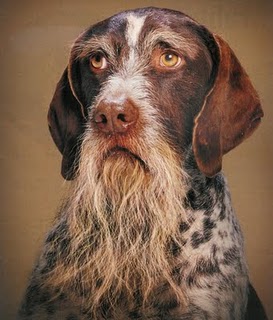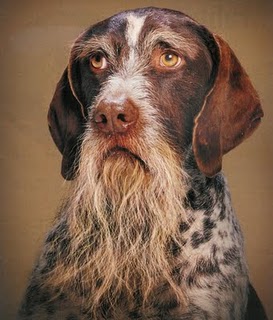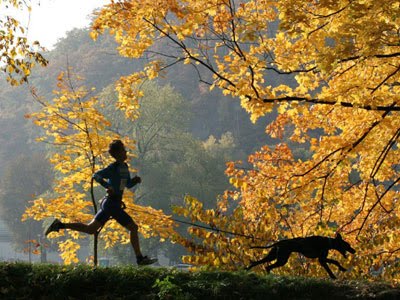If we plan to purchase a harness to help our friend with mobility when walking, we should know that there are various models. Not all are intended for the same purpose. Therefore, depending on what your problem or your specific need is, we will choose one or the other. Here we explain how to choose a harness without making mistakes.
The advantages of using a harness
We have already talked about the therapeutic properties of a harness for dogs. And it is that thanks to its structure, it achieves that when holding the animal we relieve the weight that it carries on its legs. Also, for those cases where there are hip problems, it also helps improve alignment.
As with people, animals also need a recovery process. It is not only important to know how to provide physical support, but also emotional support. By choosing a harness for dogs, we are offering them the help they need to regain their health and vital energy.
For this reason, and for you to choose the right one, we want to explain the differences that exist when choosing a harness for dogs. However, if you have doubts, you can always contact us and we will help you find the one that best suits the animal’s problem.
Choosing a dog harness
As a general rule, the purpose of these is to improve mobility and offer help when getting up, walking or climbing stairs. All of them activities of some difficulty when there is an injury. We can choose a harness among those detailed below.
Harness for hind legs compatible
We can choose a harness of this type if we want to help walking and getting up. It is especially suitable when there are neurological problems, spinal problems and lameness or weakness in the hind legs. Also in cases of osteoarthritis or hip dysplasia. It is also possible to combine it with an integral wheelchair.
We must use it only when walking or moving the dog. It can be annoying if we leave it on for a long time. It is very easy to use since the legs are inserted and it is held on the hip.
Web Master Harness
If our friend has suffered a previous limb amputation or shows weakness in them, we can choose a harness like this one. Unlike other models, this one has a built-in strap under the back. In this way, it will not slide forward in the area of the amputated limb. It also allows us to comfortably lift the animal to overcome obstacles.
If we want to leave it on for a long period, there will be no problem choosing a harness like this. It is made from fabrics that prevent chafing and allow ventilation.
full harness
If our dog is elderly or suffers from osteoarthritis, we can choose an integral harness. They offer support in the front and back, which helps to balance the weight well. In addition, it allows them to maintain control of the body in different situations. Not only is it a perfect complement to help the animal recover, but it also prevents injuries to owners when carrying them.

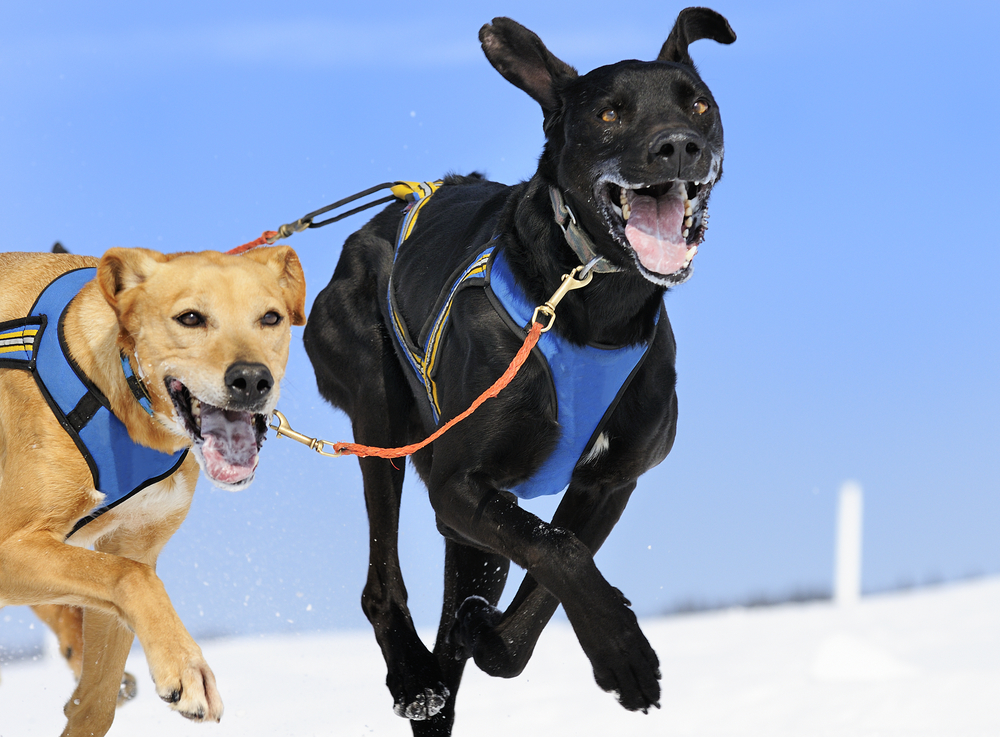
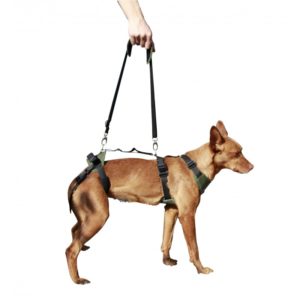
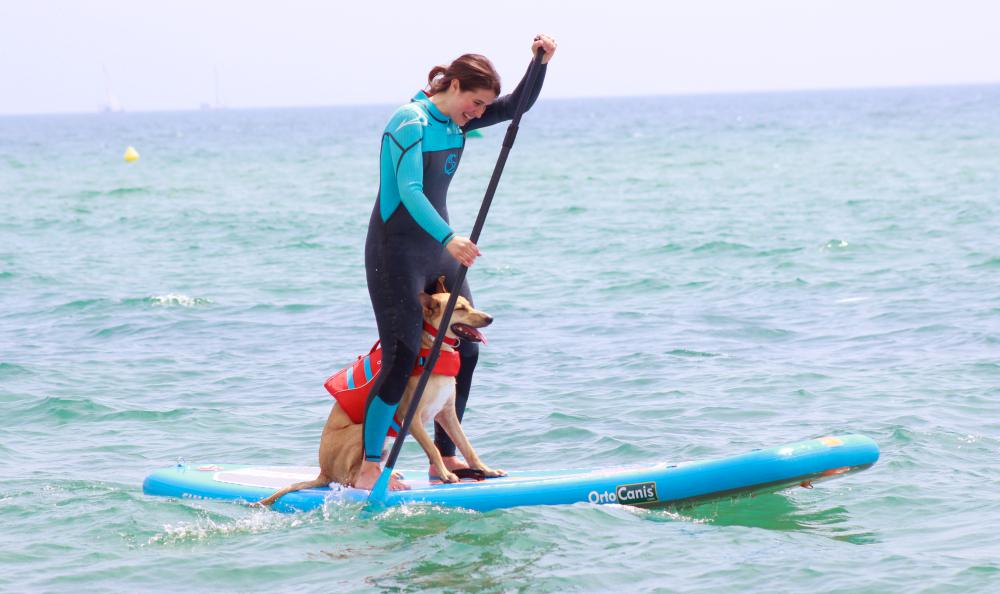
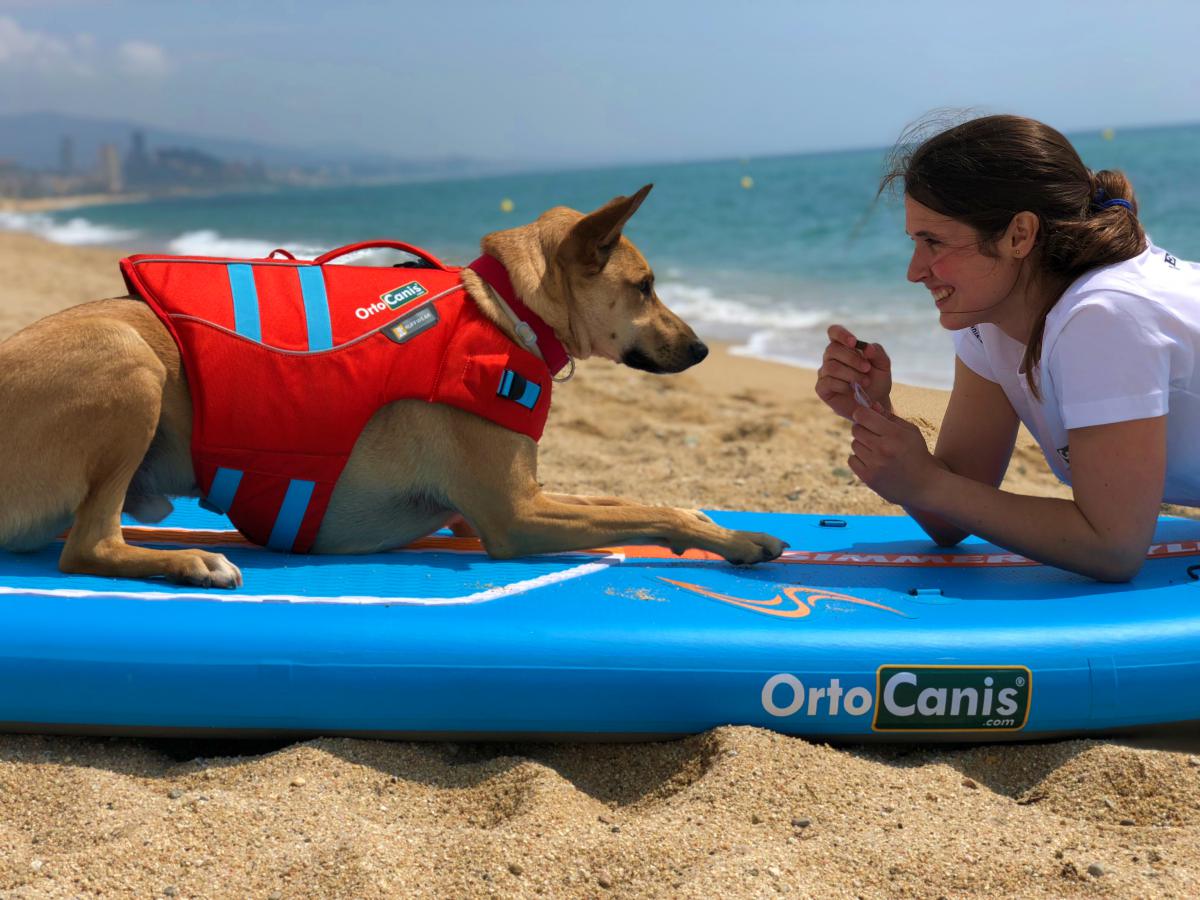 The idea of starting working with the board on the ground is so that our dog gradually feels safe in it and gains confidence, in such a way that we will use positive reinforcement. The more positive experiences our dog has with the board on land, the safer he will feel when this activity becomes a greater challenge for him.
The idea of starting working with the board on the ground is so that our dog gradually feels safe in it and gains confidence, in such a way that we will use positive reinforcement. The more positive experiences our dog has with the board on land, the safer he will feel when this activity becomes a greater challenge for him.
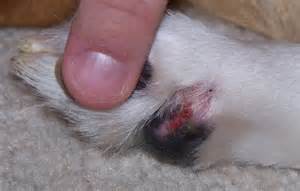

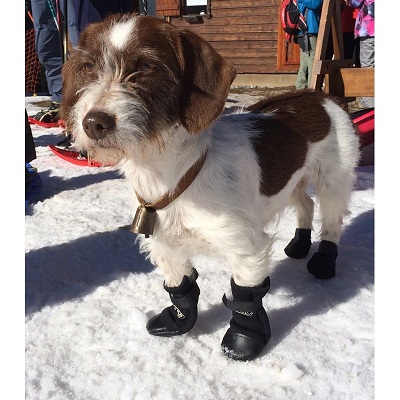


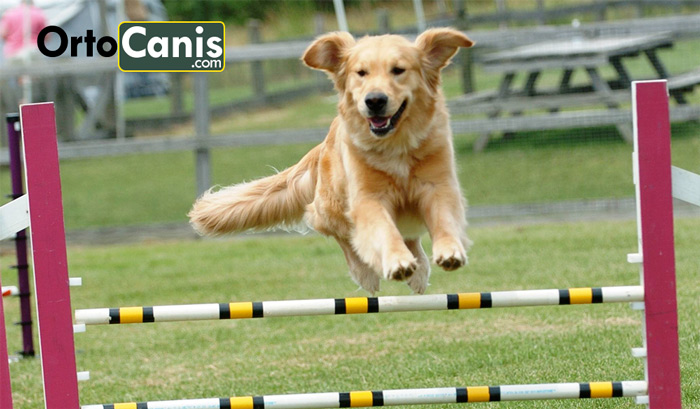

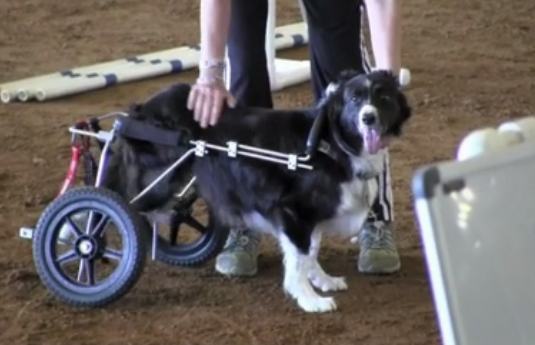

 A CNN viewer presented a
A CNN viewer presented a 